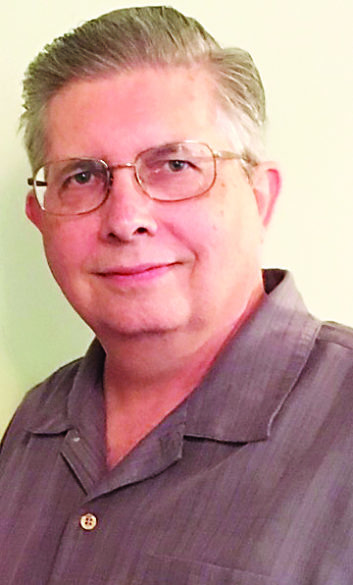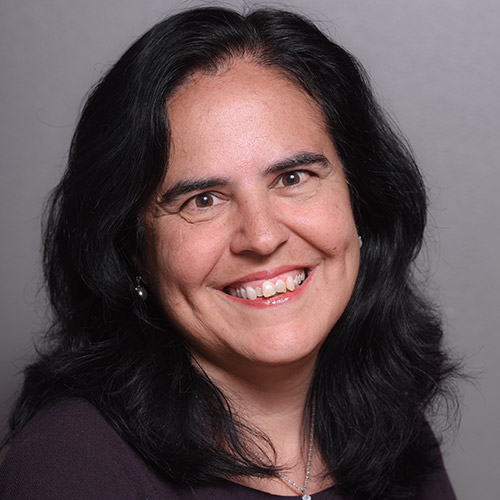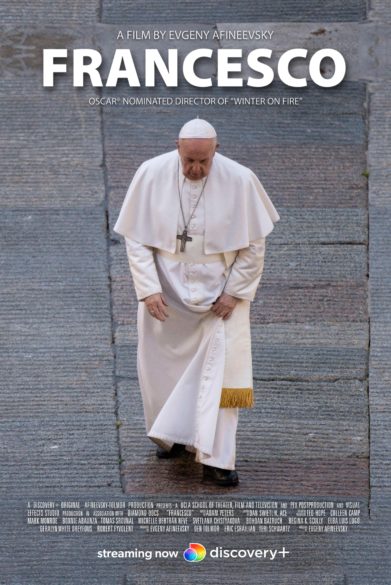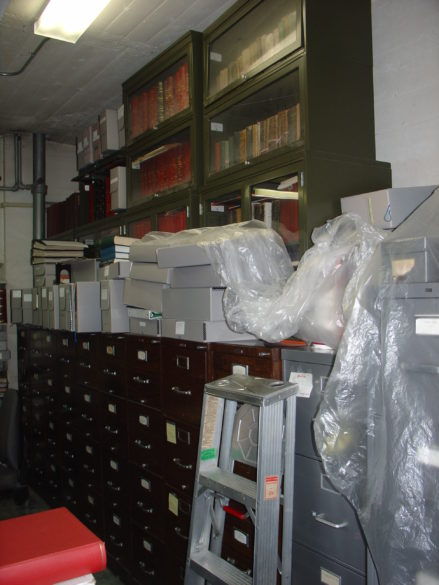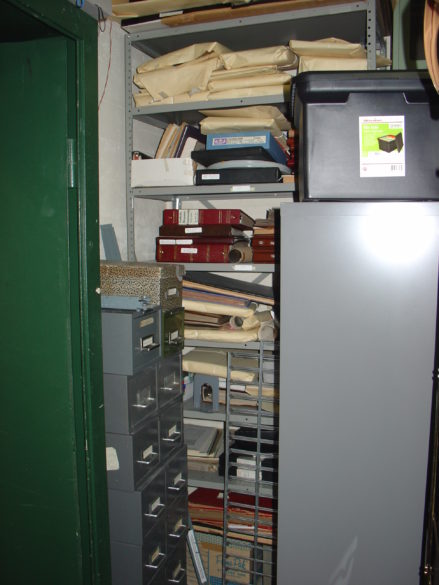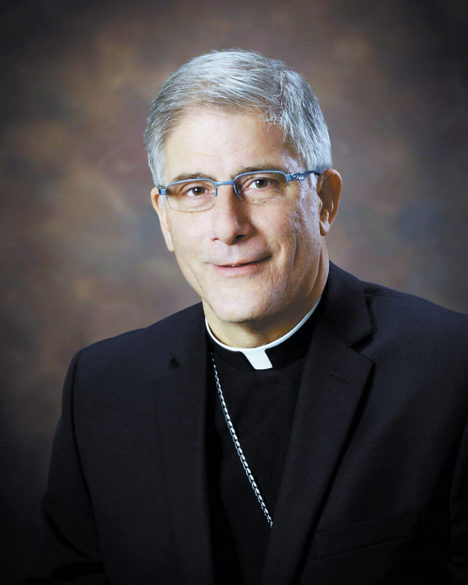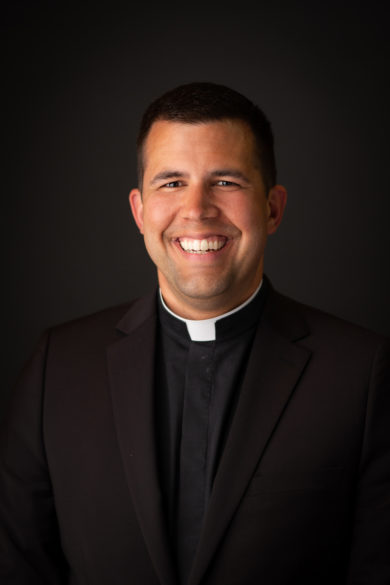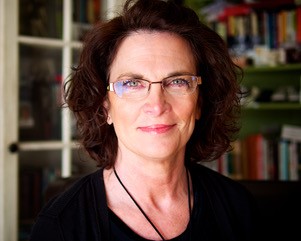IN EXILE
By Father Ron Rolheiser, OMI
Imagine a young couple intoxicated with each other in the early stages of love. Imagine a religious neophyte in love with God, praying ecstatically. Imagine an idealistic young person working tirelessly with the poor, enflamed with a thirst for justice. Is this young couple really in love with each other? Is that religious neophyte really in love with God? Is this young social activist really in love with the poor? Not an easy question.
Whom are we really loving when we have feelings of love? The other? Ourselves? The archetype and energy the other is carrying? Our own fantasy of that person? The feelings this experience is triggering inside us? When we are in love, are we really in love with another person or are we mostly basking in a wonderful feeling which could be just as easily triggered by countless other persons?
There are different answers to that question. John of the Cross would say it is all of these things; we are in fact really loving that other person, loving a fantasy we have created of that person, and basking in the good feeling this has generated inside us. That is why, invariably, at a given point in a relationship the powerful feelings of being in love give way to disillusionment – disillusionment (by definition) implies the dispelling of an illusion, something was unreal. So for John of the Cross, when we are in love, partly the love is real and partly it is an illusion. Moreover, John would say the same thing about our initial feelings of fervor in prayer and in altruistic service. They are a mixture of both, authentic love and an illusion.
Some other analyses are less generous. In their view, all initial falling in love, whether it be with another person, with God in prayer, or with the poor in service, is mainly an illusion. Ultimately, you are in love with being in love, in love with what prayer is doing for you, or in love with how working for justice is making you feel. The other person, God, and the poor are secondary. That is why, so often, when first fervor dies, so too does our love for its original object. When the fantasy dies, so too does the sense of being in love. We fall in love without really knowing the other person and we fall out of love without really knowing the other person. The very phrase “falling in love” is revealing. “Falling” is not something we choose, it happens to us. Marriage Encounter spirituality has a clever slogan around this: marriage is a decision; falling in love is not.
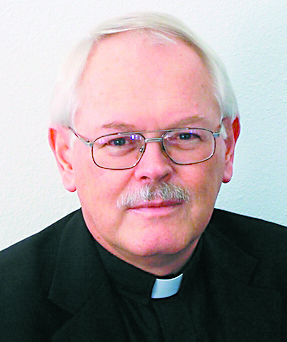
Who is right? When we fall in love, how much is genuine love for another and how much is an illusion within which we are mostly loving ourselves? Steven Levine answers this from very different perspective and throws new light on the question. What is his perspective?
Love, he says, is not a “dualistic emotion.” For him, whenever we are feeling authentic love we are, at that moment, feeling our oneness with God and with all that is. He writes, “The experience of love arises when we surrender our separateness into the universal. It is a feeling of unity … It is not an emotion, it is a state of being … It is not so much that ‘two are as one’ so much as it is the ‘One manifested as two.’” In other words, when we love someone, in that moment, we are one with him or her, not separate, so that even though our fantasies and feelings may be partially wrapped up in self-serving affectivity, something deeper and more real than our feelings and fantasies is occurring. We are one with the other in our being – and, in love, we sense it.
In this view, authentic love is not so much something we feel; it is something we are. At its root, love is not an affective emotion or a moral virtue (though these are part of it). It is a metaphysical condition, not something that comes and goes like an emotional state, nor something that we can choose or refuse morally. A metaphysical condition is a given, something we stand within, that makes up part of what we are, constitutively, though we can be blissfully unaware. Thus, love, not least falling in love, can help make us more conscious of our non-separateness, our oneness in being with others.
When we feel love deeply or passionately, then perhaps (like Thomas Merton describing a mystical vision he had on a street corner) we can awake more from our dream of separateness and our illusion of difference and see the secret beauty and depth of other people’s hearts. Perhaps too it will enable us to see others at that place in them where neither sin nor desire nor self-knowledge can reach, the core of their reality, the person that each one is in God’s eyes.
And wouldn’t it be wonderful, Merton adds … “if we could see each other that way all the time.”
(Oblate Father Ron Rolheiser is a theologian, teacher and award-winning author. He can be contacted through his website www.ronrolheiser.com.)

